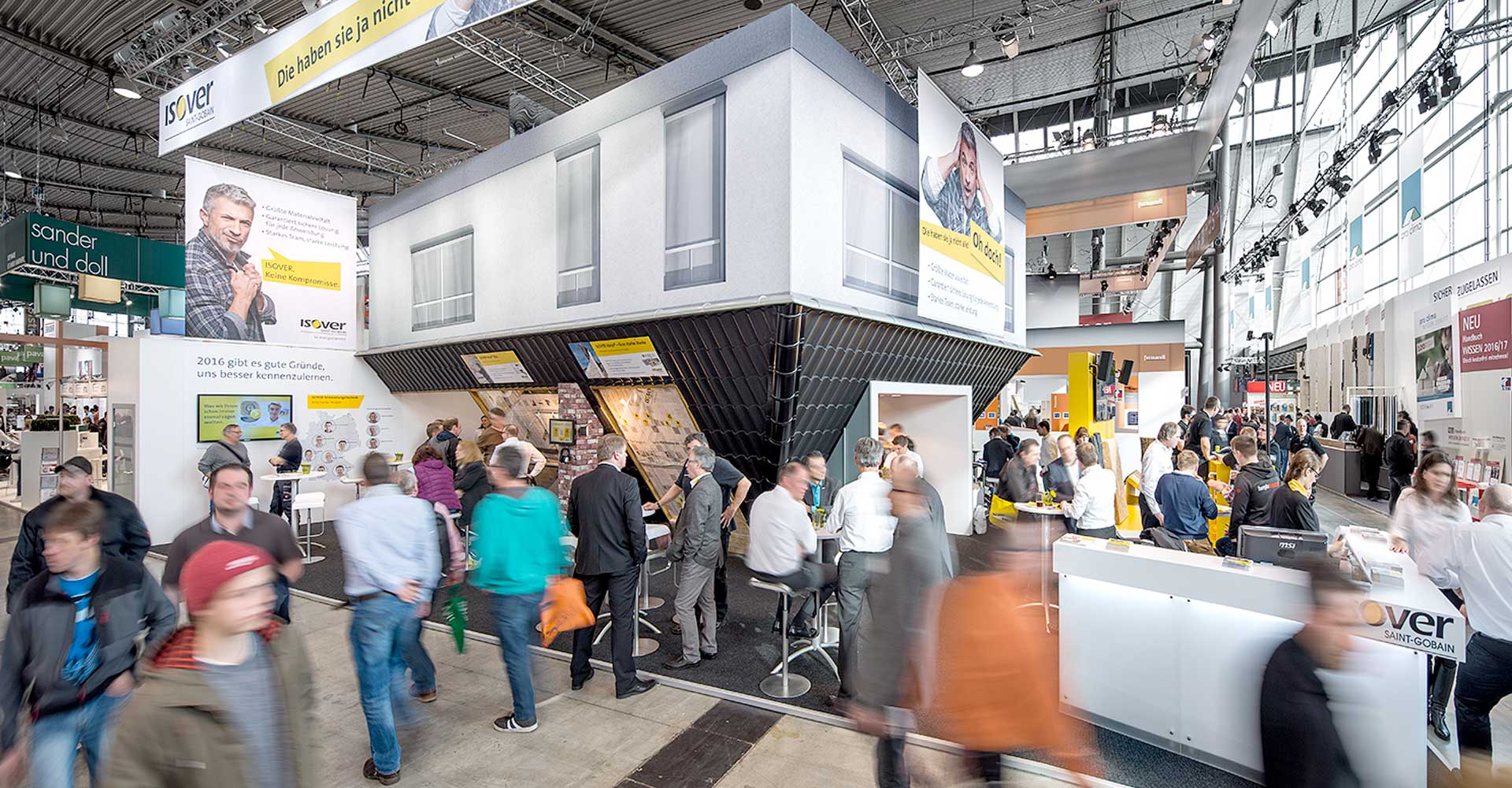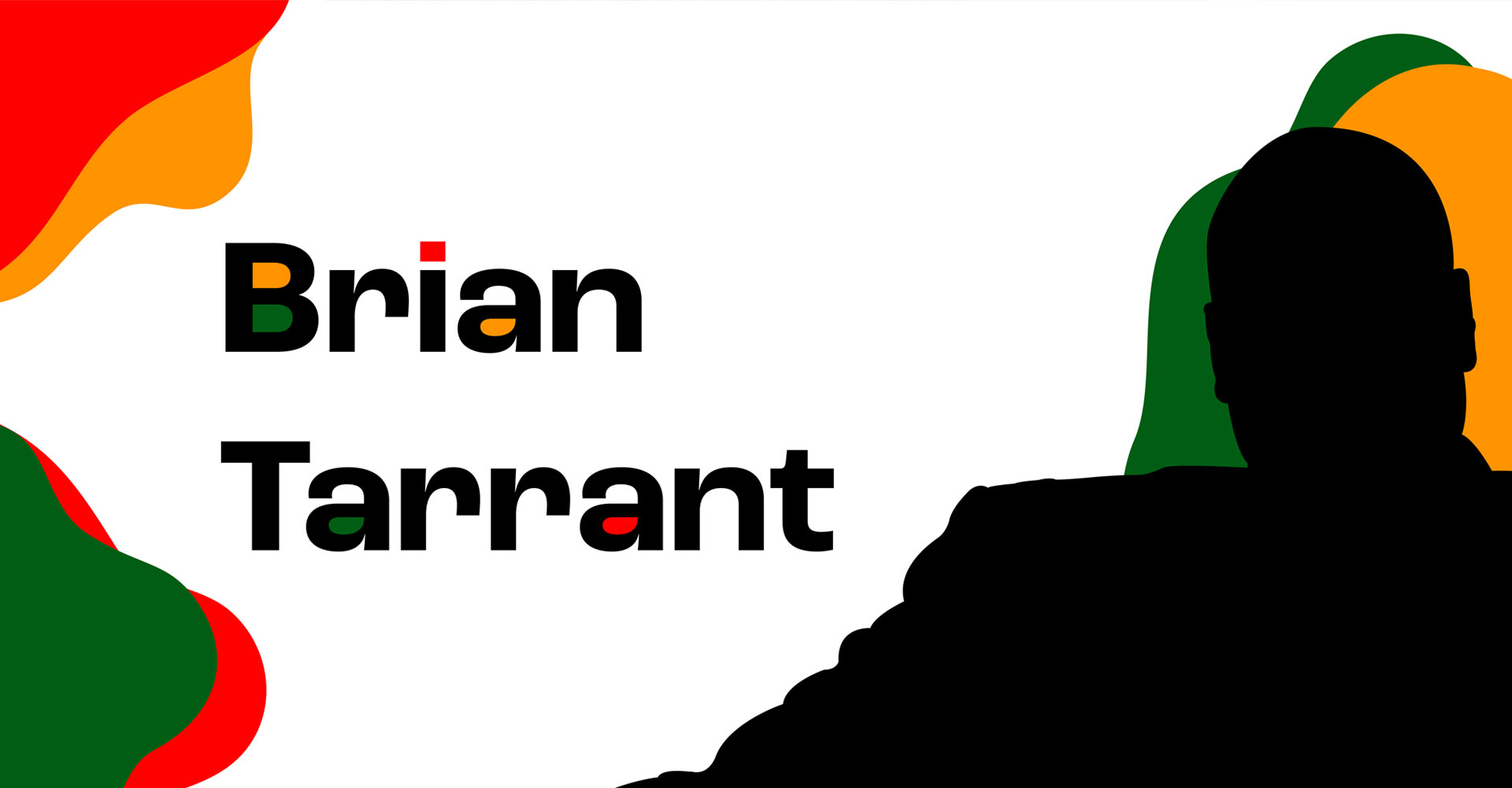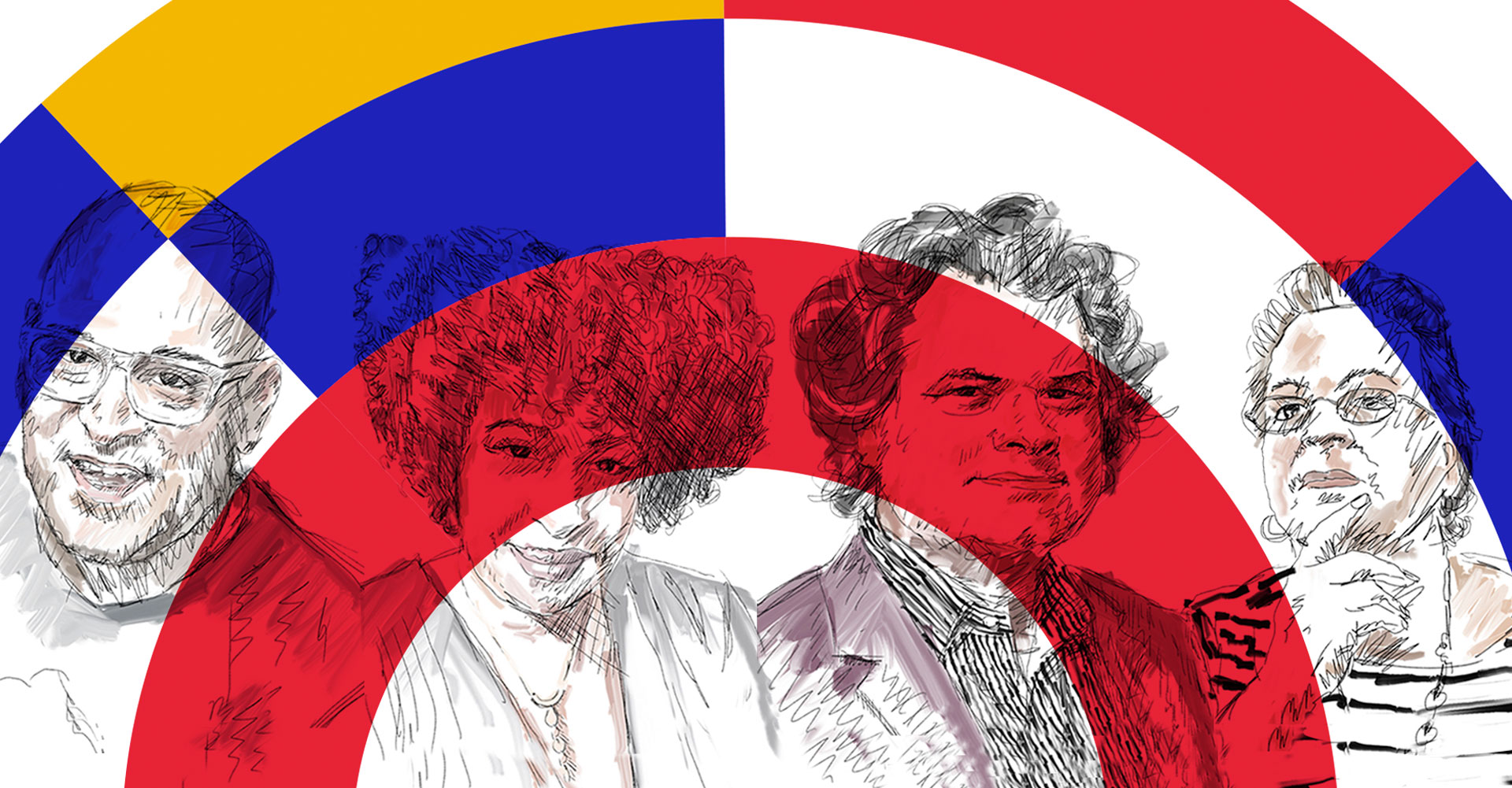
Transform your Trade Show Exhibit Staffers into Selling Machines
What’s the most important asset of your trade show exhibit? Well, as exhibit designers, we’d love to tell you that it’s the exhibit itself. Unfortunately for us, that’s not the case. As important as an exhibit is in reflecting your brand and implementing your marketing strategy, it’s the people inside the exhibit that make the biggest impact. An amazing exhibit might be the meat in your trade show sandwich, but without anyone to sell it, nobody is going to take a bite.
Get an Edge on the other Trade Show Exhibitors
Staffing your exhibit with knowledgeable people seems fairly logical, but you might be surprised to hear how under-prepared some exhibitors are. According to a CEIR research study The Role and Value of Face to Face Interaction, 50% of exhibitors never or rarely train their exhibit staff. That said, putting the time and effort into training your staff can give you a serious edge over the competition.
The same study revealed that 8 out of 10 trade show attendees rated face-to-face interactions with vendors as “extremely” or “very” important. While the top two things they looked for at a trade show exhibit were “product and solution knowledge” and the “perceived willingness of the staff to provide that information.”
So…with all of this data supporting our initial claim, why is it that half of all trade show exhibitors blindly send their staff off to expensive exhibits and hope for the best? They don’t know what we know. But you do.
These three steps can help you build an effective training program for trade show exhibitors:
In our digital world, face-to-face interactions have become more rare, yet more important than ever. Having phenomenal trade show salespeople has never been more critical. When it comes to your big moment, you need to be sure that your entire team—veterans included – has been properly trained.
Step 1: Get Back to the Trade Show Basics
A trade show exhibit staff that is knowledgeable about the products or services you offer is a given, but you can’t forget about the basics. Sometimes, we all need a little refresher on how to be a good host. Teach your staff how to make a visitor feel welcome, how to maintain the booth in proper order, and how to make the right first impression before you get into the specifics. It may seem obvious to you, but a friendly and well-written list of expectations for trade show staff behavior will go a long way. When people know exactly what is expected of them, they feel more confident.
Step 2: Share your Marketing and Trade Show Strategies
You need to keep your trade show staff in the loop if you want them to think on their toes. Make sure that your team understands both your marketing strategy and your trade show goals. While we’re on the topic of trade show goals, make sure they are measurable ones so you can also share the results and adjust accordingly, or give credit where it’s due. Stephen Covey, author of “The 7 Habits of Highly Effective People” says “begin with the end in mind.” If you want your staffers to be highly effective at selling your product, then it’s in your best interest to tell them what you expect at the end of the trade show.
Step 3: See your Trade Show Staff through an Attendee’s Eyes
There’s no doubt about it, pulling off a successful trade show exhibit is complicated. It’s easy to get so caught up in the details of planning that you forget to consider the actual attendees. It helps to pause during the planning stage and try to see the event through their eyes.
Ask yourself, “What do they desire from the face-to-face encounter with my staff?” and “How can we give them what they need to move closer to additional or new sales?” Consider using pre-show surveys to get specific answers, and once you have them, start building content and experiences that match by adjusting your staff’s approach.
Even better, take a tip from the retailer’s playbook and have secret attendees (retailers call them mystery shoppers) visit your booth and report back on their experiences. Share the data you’ve collected with your staff and use it to inform your ongoing training procedures.
One final tip on creating the best trade show exhibit staff…
By now, we’ve learned that trade show exhibit staff selection is very important. According to the aforementioned CEIR study, most attendees prefer to meet exhibit personnel who are in sales, marketing or technical positions. However, the same study shows that technical staff, R&D, and engineers are grossly underrepresented at most trade shows. If you have people on your team that not only know how to sell, but understand the technology behind your product too—you’re going to be way ahead of the game.
Looking for more ideas on how to create trade show exhibits with lasting impact? Let us know how we can help make your next trade show participation a huge success.




